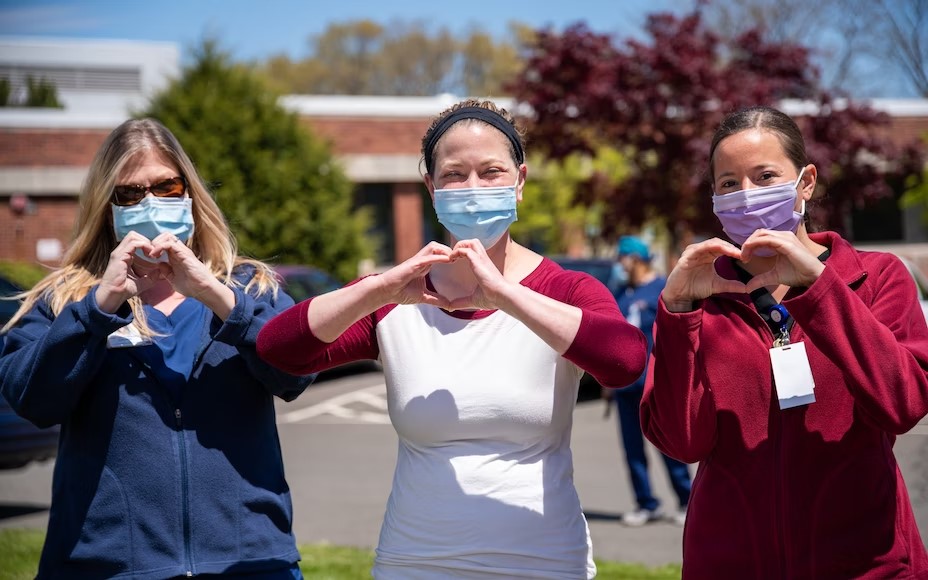07
Jun 2023
An Essential Guide to Getting Certified for Top Home Healthcare Programmes Easy
Published in Travel Tips on June 07, 2023

Home healthcare programs offer specialized training to individuals looking to enter this rewarding field. However, getting certified for top home healthcare programs can sometimes seem like a daunting task. Fear not! Here are the essential steps to make the certification process easy and accessible. Whether you're a seasoned healthcare professional or a newcomer to the industry, read on for the knowledge and resources needed to pursue a successful career in home healthcare.
Researching Top Home Healthcare Programs
Before embarking on your journey to get certified for a home healthcare program, it's crucial to conduct thorough research on the top programs available. Start by identifying reputable institutions or organizations that offer a recognized certification for home health aides in home healthcare. Look for programs that have a solid curriculum, experienced instructors, and a positive reputation within the industry. Additionally, consider factors such as program duration, cost, and any prerequisites that may be required. This research will help you narrow down your options and select a program that aligns with your career goals.
Meeting Prerequisites and Requirements
Once you've identified the home healthcare program that suits your needs, carefully review the prerequisites and requirements for admission. These may include educational qualifications, work experience, and specific certifications or licenses. Ensure that you meet all the necessary criteria before applying to the program. If you find any gaps in your qualifications, take the time to fulfil them through additional coursework or certifications. Meeting the prerequisites will not only make your application stronger but also ensure that you have the foundational knowledge and skills needed to excel in the program.
Enrolling in the Home Healthcare Program
After completing the necessary preparations, it's time to enrol in the home healthcare program of your choice. Contact the institution offering the program to obtain detailed information on the application process and deadlines. Pay close attention to any supporting documents or fees that need to be submitted along with your application. Make sure to submit your application well in advance to secure your spot in the program. Once accepted, familiarize yourself with the program schedule, course materials, and any additional resources provided. Being well-prepared from the start will set you up for success throughout the certification process.
Continuous Learning and Professional Development
While completing a home healthcare program is a significant milestone, the learning journey doesn't end there. To excel in the field and stay updated with the latest advancements, it's essential to commit to continuous learning and professional development. Attend conferences, workshops, and seminars related to home healthcare to expand your knowledge base and network with industry professionals. Additionally, consider pursuing advanced certifications or specializations that can enhance your expertise and open doors to new opportunities. By investing in ongoing education, you'll not only improve your skills but also demonstrate your dedication to providing the highest level of care to your patients.
By conducting thorough research, meeting prerequisites, enrolling in a reputable program, and committing to continuous learning, you can position yourself for a successful career in the home healthcare industry. Remember, the demand for skilled professionals in this field continues to grow, making it an opportune time to pursue certification. So, take the first step towards achieving your career goals by following the steps outlined in this guide. With determination, passion, and the right training, you'll be able to make a positive impact on the lives of those in need of home healthcare services.









